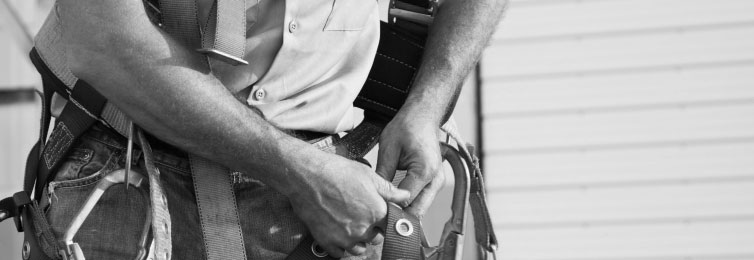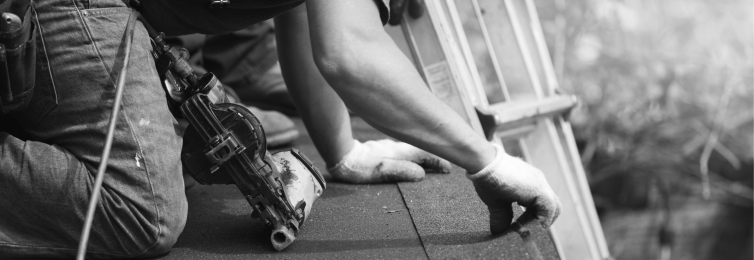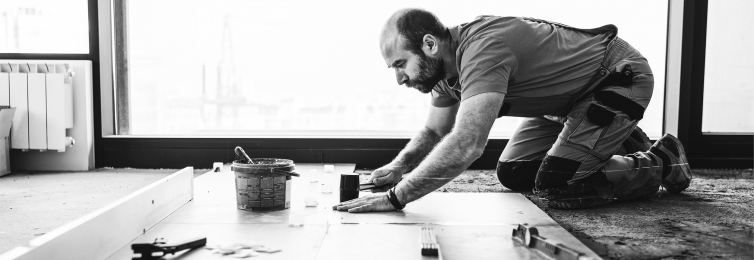When it comes to fall protection, don’t wait until you need it to use it. Here, experts at Builders Mutual provide a quick Q&A session to ensure your fall protection is prepared to save lives on your job-site.
What does a complete fall protection plan look like?
Fall protection is more than a harness. Sure, that’s often the first piece of personal protection equipment (PPE) that comes to mind, but don’t forget that falls can happen anywhere on the job-site, not just from a roof or top plate.
When consulting with contractors, we ask them to think about fall protection much more broadly. Fall protection includes reviewing ladder usage and maintenance, as well as mitigating the hazards of unguarded openings like windows, doors, or the floor. Fall protection even incorporates proper scaffolds and scaffold erection.
In fact, fall protection continues long beyond the time when the last worker leaves the job-site for the day. Third-party job-site visitors have an increased risk of even simple slip and trip hazards that contractors easily avoid by experience.
How should you enforce your fall protection plan?
Simply put, use it! No harness lying unused in a bag or container in your trailer is going to prevent a fall or save a serious injury.
Half the battle is buying the fall protection kit, but the other critical half is using it properly. Are your team members receiving proper training, then being reviewed on how they use it? PPE inspections can help drive home the message that fall protection is not optional, it’s mandatory.
OSHA standard or not, workers can always make the choice not to use fall protection. Your endorsement is key to getting the buy-in of your workers. If they’re not convinced it’s to their advantage to use fall protection, the kits serve no purpose.
How could fall protection impact a company’s bottom line?
The more secure workers feel working at heights, the less hesitant they’ll be. That productivity translates to profitability. Adjust the harness, secure yourself properly to the attachment point, and get the job done.
Just as easily as fall protection can put money in your pocket, omitting it can destroy your bottom line. Our Builders Mutual expert explains, “The loss of an experienced employee due to an accident for any period of time will have a direct impact on your completion schedule and profit margin. You’ll undergo additional expenses due to hiring, screening, and training of a replacement.” Needless to say, morale takes a hit that is even harder to quantify.
The effect on the bottom line doesn’t end there. Your safety strategy directly links to your insurance costs, too. When your experience mod, a factor which contributes to the overall price of your workers’ compensation premium, goes up, so does your insurance premium. On the bright side, minimizing your losses can trend your experience mod down and help decrease your premium.
Even better, our expert notes, “Keeping your loss history clean helps you create a situation where insurance companies compete for your business. That drives your rates down.”
The takeaway?
No alarm sounds before you lose your balance and reach for a handrail that’s never been constructed. No flashing lights announce that you need to wear your harness the day that loose shingles cause you to slip off the roof. Even so, countless contractors take their chances. Keep sound fall protection tactics in place at all times, and you’ll turn a “close call” into “no problem at all.”
Content reviewed 4-2021.




 Find an
Find an